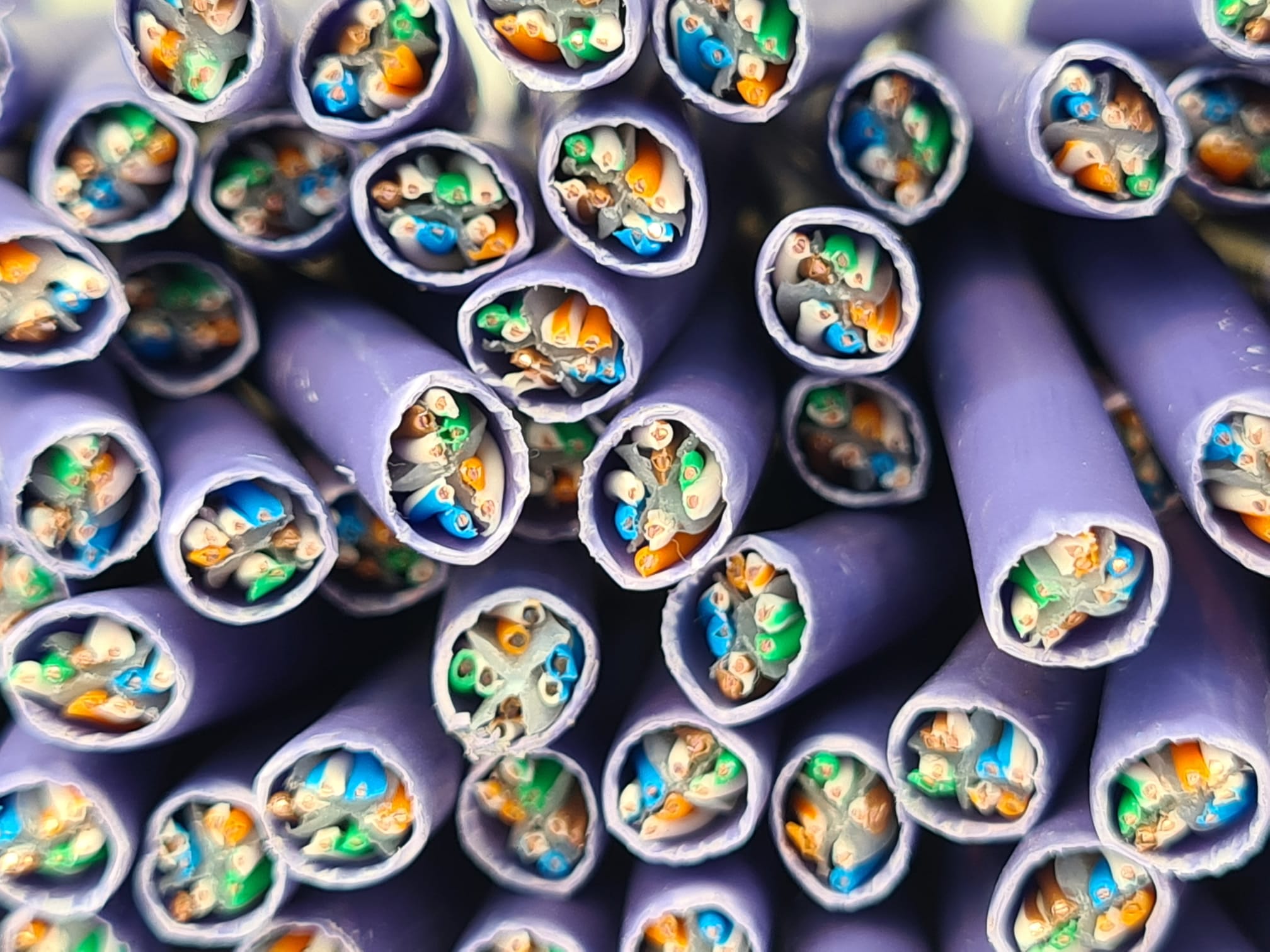Blog
In today’s digitally connected world, choosing the correct data cabling is essential to turn your building into a productive and modern workspace.
Due to the evolution of technology, the demand on corporate networks continues to escalate, so too does the need for new and improved cabling solutions that can deliver the level of performance that companies require.
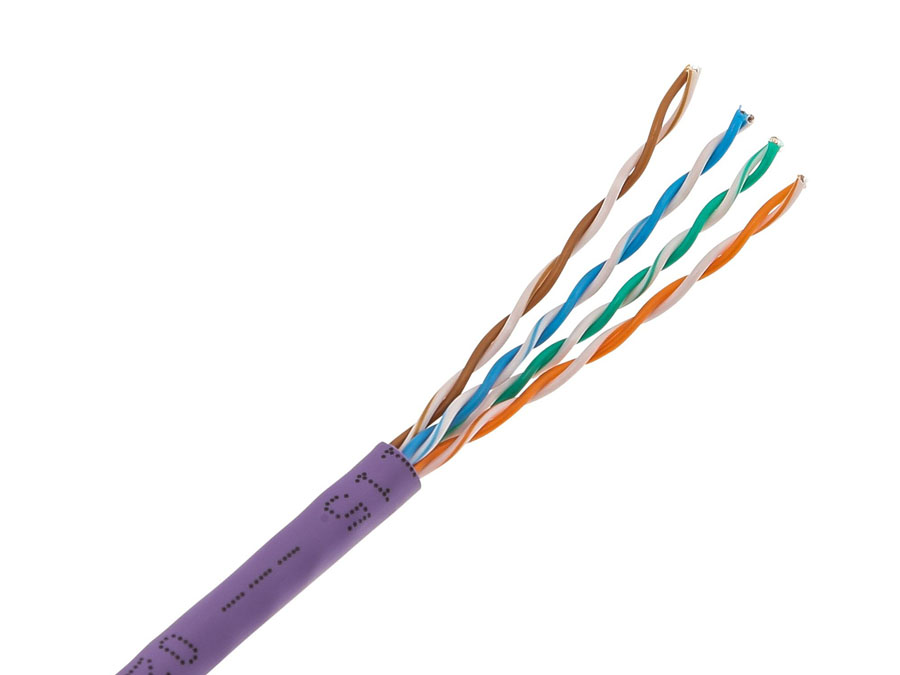
Category 5e (Cat 5e)
Cat 5e cables are an Enhanced version of the legacy Cat 5 cables and the oldest cabling Category on this list. Over the years, Cat 5e has been superseded by Cat 6 and Cat 6a, and is now considered an obsolete form of cable typically found in older buildings.
One of the main advantages Cat 5e offers is that it remains the cheapest option. They deliver data transfer speeds up to 1 Gigabit, rated and measured at 100MHz. Cat 5e cables have suitable capabilities for most small networks; however, they may not meet the requirements of future applications and emerging technologies that demand higher bandwidths.
In some cases, installing Cat 5e cables can be considered a suitable option. For example, if a customer is moving into an office space with a short-term lease and has a low budget, installing Cat 5e cables would be an ideal option.
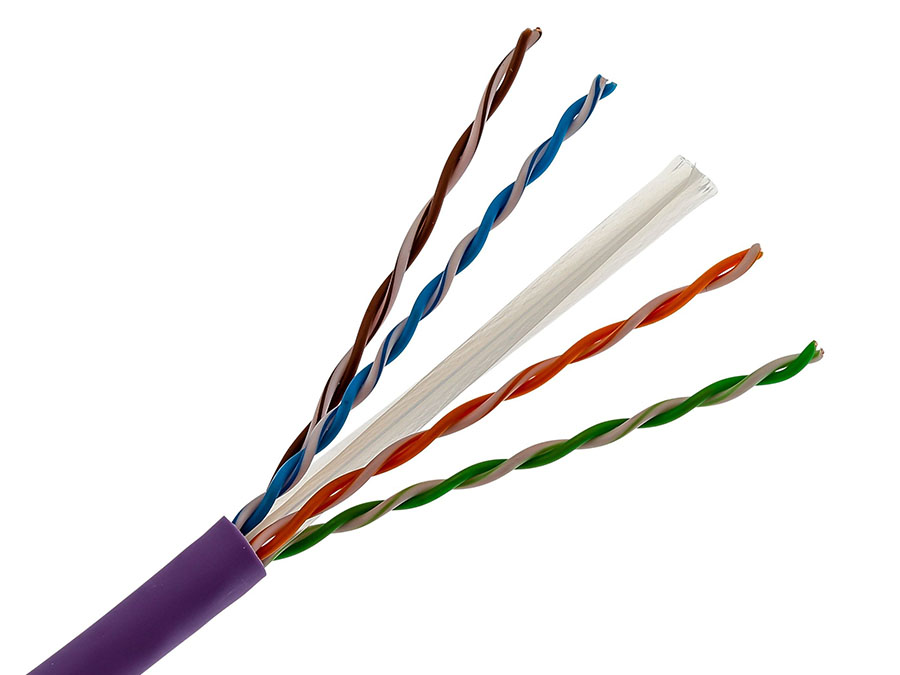
Category 6 (Cat 6)
The main difference between Cat 5e and Cat 6 cables is the transmission performance. Although both offer Gigabit data transfer speeds, Cat 6 can support bandwidth up to 250MHz and allows up to 1,000Mbps transmission rates - over 100 metre distances (including patch cords.)
One of the biggest advantages of Cat 6 cables is that it can support 10 Gigabit speeds. This, however, is with limitations on length up to 55 metres. Cat 6 cables are usually a better choice than Cat 5e, since they are more suited to support faster connection speeds and are worth the small increase in price.
Both Cat 5e and Cat 6 cables are backwards compatible, meaning Cat 6 cables can be used in conjunction with Cat 5, Cat 5e and even older Cat 3 cables and equipment due to their RJ45 connector.
Many commercial offices, schools and other new buildings have adopted Cat 6 as a new minimum requirement instead of older Cat 5e.
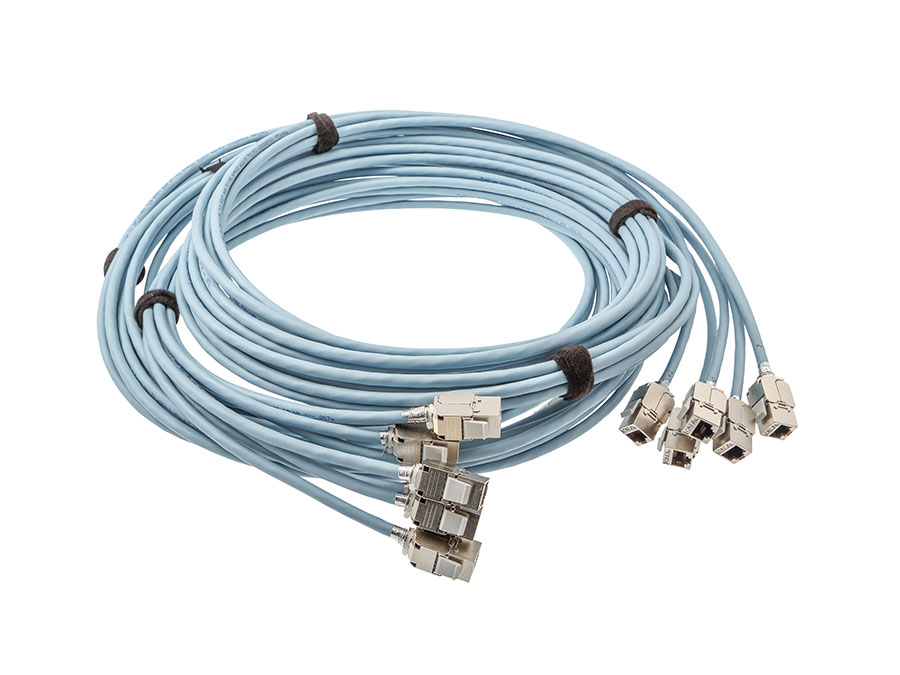
Category 6a (Cat 6a)
The Category 6 Augmented standard, or Cat 6a, has quickly become the cabling solution of choice for new installations, supporting Power over Ethernet (PoE) or data rates at 1 Gbps or higher.
It is the most future-proof cabling solution compared to its predecessors. Installing Cat 6a cables enables 10 Gigabit data transfer speeds with bandwidth up to 500MHz over 100 metre distances. With the higher performance, Cat 6a cables cost more and are slightly thicker, although still use the same RJ45 connectors.
Added to this, Cat 6a also improves upon Cat 6’s capability to protect against alien crosstalk, (the interference caused by a wire pair in one cable inducing noise into other pairs of wires in neighbouring cables,) which will give you better performance.
As technology continues to advance, one of the applications that will benefit from Cat 6a cable is the new generation Wi-Fi 6, as it’s recommended that each access point has a minimum of two Cat 6a connections.
Conclusion
The choice of cable depends on the current requirements of your network and how you foresee this need to grow in the future. Given that cabling networks tend to remain in place for many years, it therefore, makes sense for Cat 6a to become the first-choice cabling solution for any new installation, particularly as the costs of this innovative technology continue to decrease.
Added to this, most computers and laptops nowadays are fitted with 10GbaseT NIC cards, therefore installing Cat 6a will be sure of being able to exploit this bandwidth. Industry standards that have previously recommended Cat 6a cabling only for data centre environments now also recommend it for most LAN installations, due to new applications demanding higher performance, more bandwidth, faster speeds and low latency.
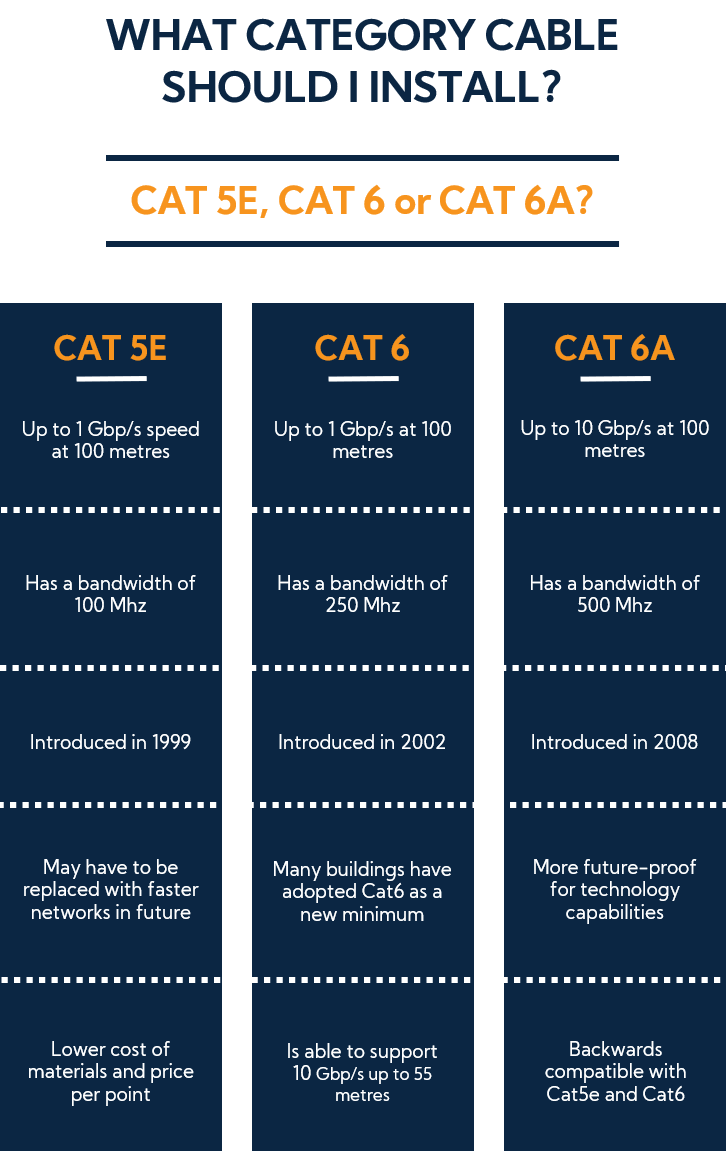
Comfinity cover all aspects of data cabling services, including Cat 5e, Cat 6 and Cat 6a. We can help you choose the most suitable solution for your business. Whether its additional data points installing, upgrading your existing cabling or a brand-new installation, we can offer a suite of services to meet your exact needs. Added to this, to guarantee the quality of our installations, we can offer fully warranted systems for product and performance of up to 25 years.
Add a comment:
Get in Touch
Want to know what we can do for you? Please use this form to contact our team.


